As a solo traveler, capturing your adventures through photography is an excellent way to document your journey and share your experiences with others. However, choosing the right travel camera can be overwhelming with so many options on the market. In this article, we’ll give you ten tips on how to choose the right travel camera for your next solo adventure.
1. Determine Your Photography Needs
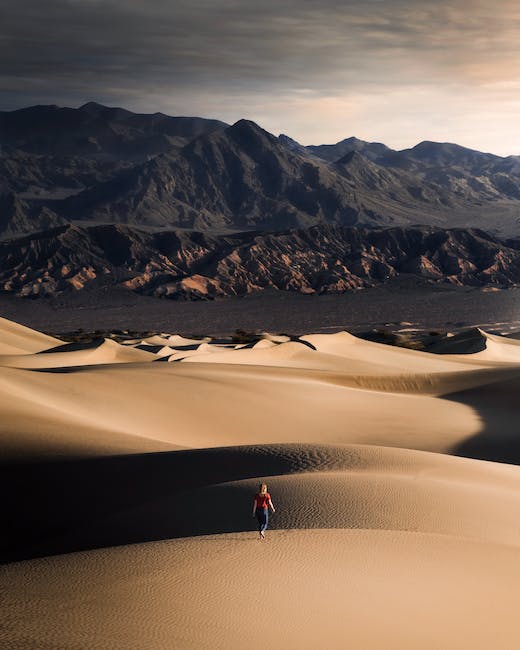
Before you begin your search for the perfect camera, you need to determine your photography needs. Are you looking to capture landscapes, portraits, or action shots? Do you prefer a long zoom lens or one that performs well in low light? Consider the types of landscapes you’ll be photographing and the lighting conditions you’ll be shooting in. For example, if you’re traveling to a tropical destination, you may want a camera that performs well in bright sunlight, while if you’re heading to a city, low light performance may be a more critical factor to consider.
If you’re new to photography, you may prefer a camera with automatic modes and easy-to-use features. However, more advanced photographers may prefer a camera with manual controls and customizable settings.
2. Consider Your Budget
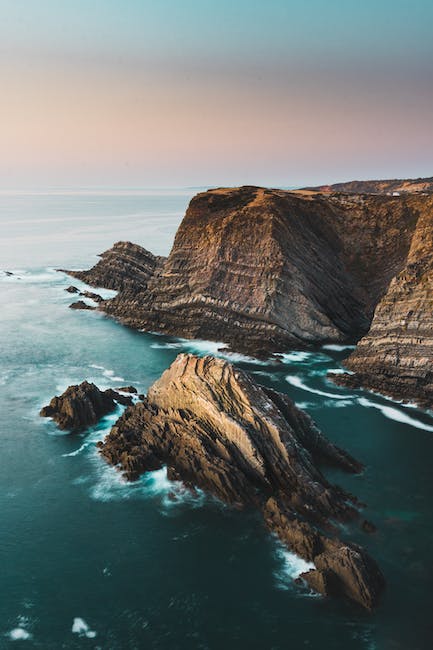
While technology has made travel cameras more affordable than ever, cameras still come in all shapes, sizes, and price points. Determine your budget before you start shopping and stick to it. Additionally, consider the additional costs, such as lenses and memory cards, that may be required for your photography needs. When it comes to lenses, keep in mind that they can sometimes end up costing more than the camera body itself.
3. Know Your Skill Level

As mentioned, you should consider your skill level when choosing a travel camera. If you’re new to photography, you may not need all of the bells and whistles that a professional photographer requires. However, if you’re an experienced photographer, you may prefer a camera with manual controls and customizable settings that allow you to take full control of your shots.
4. Consider the Size and Weight

When traveling solo, you’ll want to keep your luggage as light and compact as possible. As such, consider the size and weight of the camera you want to take with you. Mirrorless cameras are often smaller and lighter than DSLRs, making them a popular option for solo travelers. Check the specifications of the camera to get an idea of how lightweight it is, but also consider the feel of the camera in your hand, as it can make a big difference when you’re using it for extended periods.
5. Look for Good Battery Life
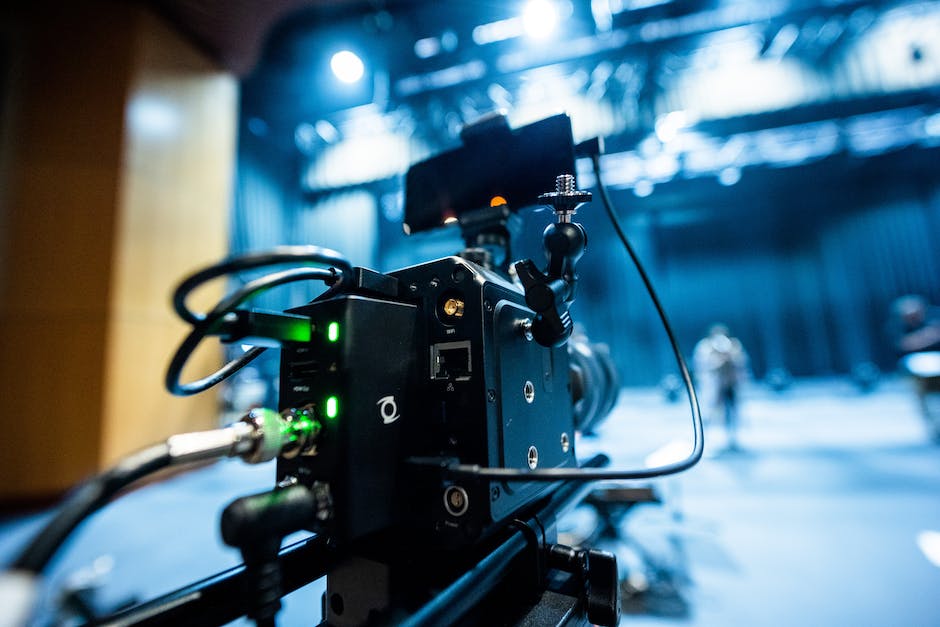
The last thing you want when traveling is to have your camera run out of battery life during the perfect shot. As such, look for a travel camera with good battery life, or bring an extra battery with you on your trip. Many cameras now offer long battery life, but it’s always best to check the manufacturer’s specifications and reviews from other users to get a better idea of how long the battery life will last.
6. Research the Lens Options
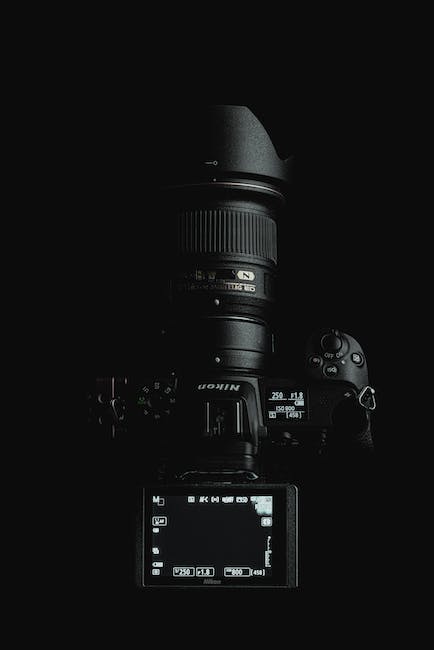
The lens you choose can have a massive impact on the photos you take. As such, consider the types of lenses available for your camera and if they fit your photography needs. When looking at lenses, consider sizes, focal lengths, and apertures that will work best for your desired shots. Look for a camera with a range of lenses available to choose from, from wide-angle to zoom lenses. You may also want to consider the cost and availability of lenses when making your purchase, as you may need to purchase or carry multiple lenses to suit your needs.
7. Consider the Imaging Sensor
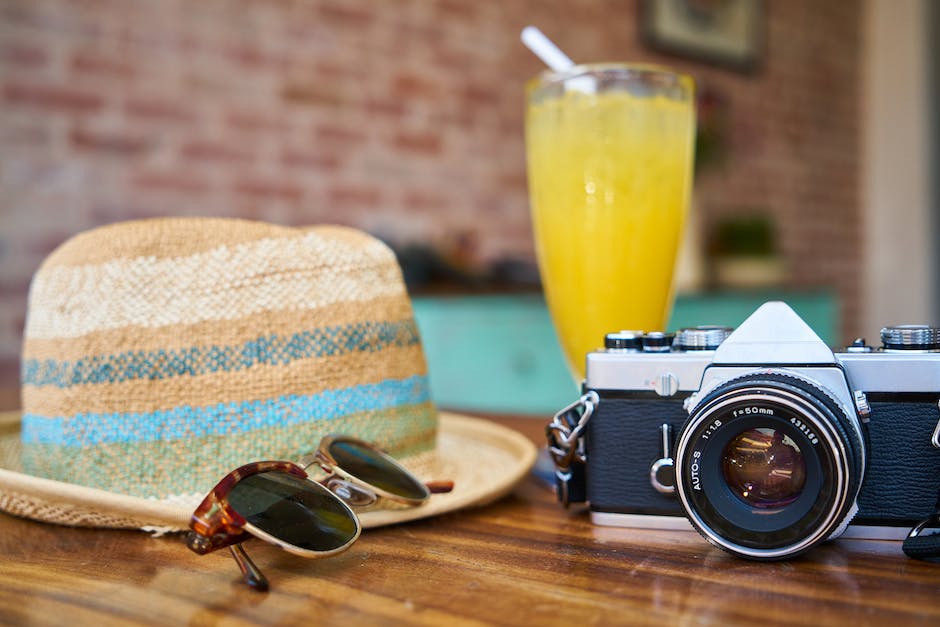
The imaging sensor is the heart of any camera and determines the quality of the photos you take. Consider the size of the sensor and the number of megapixels when making your purchase. Generally, the larger the sensor, the better the photo quality. However, don’t be fooled by high megapixel counts alone, as other factors such as lens quality, dynamic range, and image processing are also essential to consider.
8. Look for Stabilization Features
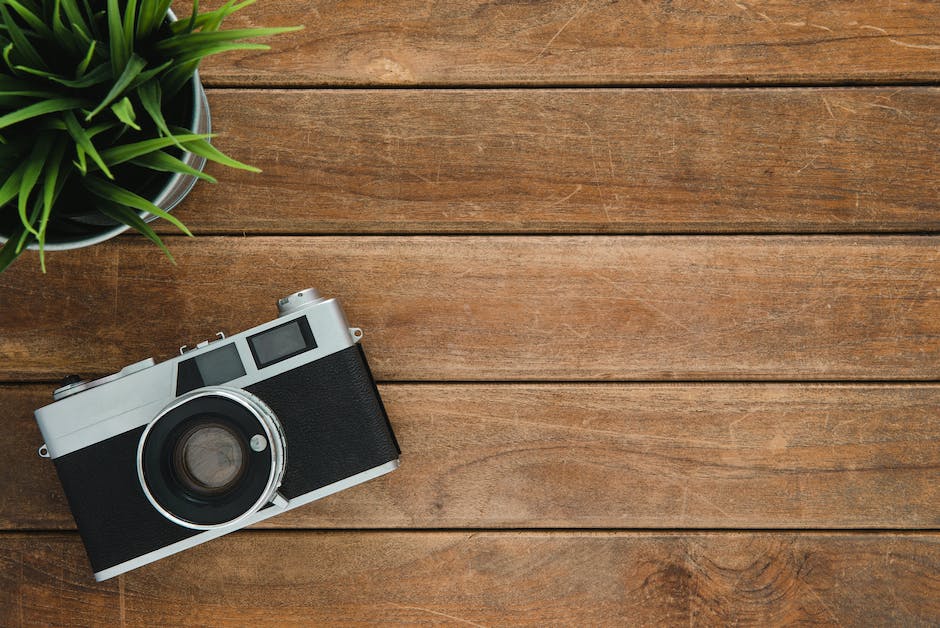
When shooting on the go, it’s essential to have a camera with stabilization features. Look for cameras with built-in image stabilization or choose lenses with built-in stabilization for better photo quality. Image stabilization is particularly important when shooting in low light or with long focal length lenses, which can cause camera shake.
9. Read Reviews and Get Recommendations
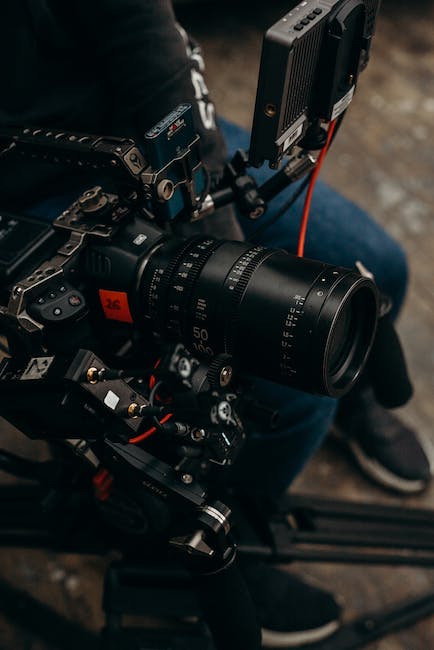
Before making a significant purchase such as a travel camera, it’s always a good idea to read reviews and recommendations from other users. Look for reviews and recommendations from other solo travelers, as they may have specific insights into what to look for in a travel camera. Additionally, consider joining photography forums or Facebook groups to get advice from experienced photographers.
10. Test Before You Buy
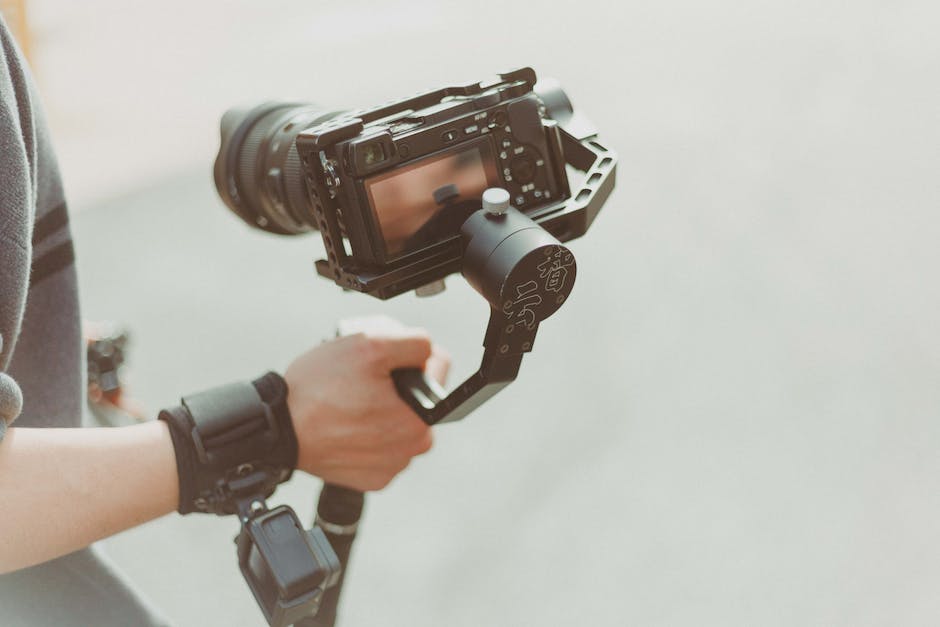
Finally, it’s always a good idea to test out a camera before you commit to purchasing it. Go to a store and try out the camera, see how it feels in your hands, and if it’s easy to use. Testing a camera beforehand can save you time and money in the long run and ensure that you’re happy with your purchase.

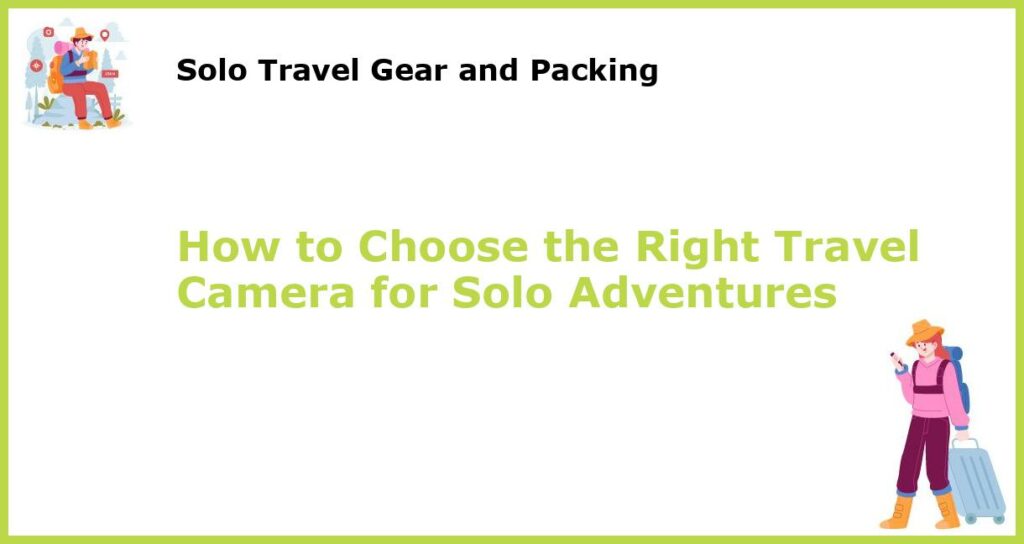
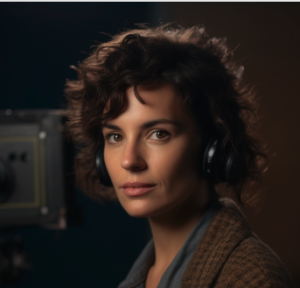





 You might also be interested in those articles related to solo traveling
You might also be interested in those articles related to solo traveling